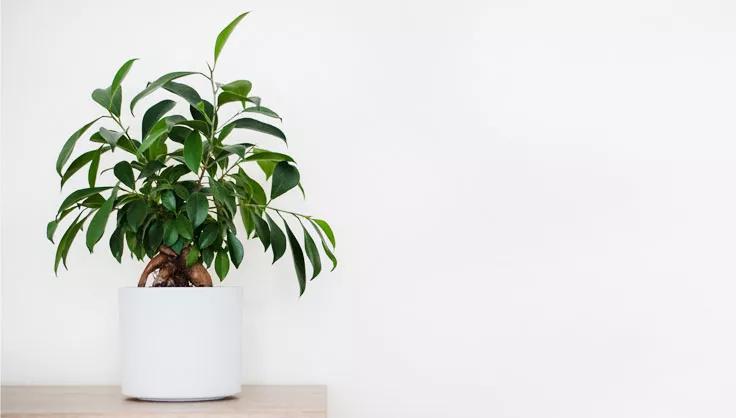How to Care for a Banyan Tree

Scientific Information on Banyan Tree
The Banyan Tree, scientifically known as Ficus benghalensis, belongs to the family Moraceae. It's native to the Indian subcontinent and known for its extraordinary aerial roots and expansive canopy. These trees are among the largest in the world in terms of canopy coverage.
Common Varieties & Colors of Banyan Tree
While the classic Banyan Tree is the most recognized, there are other varieties like the Ficus microcarpa, often used in bonsai. The trees generally showcase lush green leaves, and the bark can range from light brown to dark gray.
How to Care for Banyan Tree
Whether you're a beginner or a seasoned gardener, here are some tips to help you care for your Banyan Tree.
Light
Banyan Trees thrive in bright, indirect sunlight. If you're growing one indoors, place it near a window where it can receive plenty of light.
Soil
A well-draining soil mix is essential. If planting outdoors, ensure the soil is fertile and rich in organic matter.
Fertilizer
Use a balanced, slow-release fertilizer during the growing season. Over-fertilizing can harm the tree, so follow the instructions carefully.
Watering
The watering needs depend on the environment. Generally, water when the topsoil feels dry to the touch. Banyan Trees prefer a consistent moisture level but be cautious of overwatering.
Pruning
Yes, pruning is essential to maintain shape and health. Remove dead or overcrowded branches to allow light and air to reach all parts of the tree.
Repotting
For Banyan Trees grown in containers, repotting every few years is necessary. Choose a larger pot to accommodate the growing roots and refresh the soil.
Propagating
Propagation is usually done through seeds or cuttings. Planting seeds is a slower process, while rooting cuttings can be quicker but requires some skill.
Common Problems with Banyan Tree
What are Common Pests and Diseases to Look Out For?
Keep an eye out for pests like mealybugs and scale insects. Root rot can occur due to overwatering, so ensure proper drainage.
Are Banyan Trees Toxic to Pets and Other Animals?
Banyan Trees are not known to be toxic to pets, but it's always a good idea to prevent pets from chewing on any houseplant.
Banyan Tree FAQs
Can Banyan Trees be grown indoors?
Yes, they can be grown indoors, but they require ample space and light. Bonsai varieties are more suitable for indoor cultivation.
How fast do Banyan Trees grow?
They are relatively slow-growing, especially when grown in pots or as bonsai.
How long can a Banyan Tree live?
Banyan Trees can live for hundreds of years. They are known for their longevity and robust nature.
Caring for a Banyan Tree is a unique and fulfilling gardening experience. These magnificent trees not only enhance the beauty of your garden but also bring a sense of peace and history. With proper care, your Banyan Tree can grow into a splendid, life-affirming presence in your space.
Print this Article:
Get the Dirt
Stay up to date on new articles and advice. Please fill out the information below.
